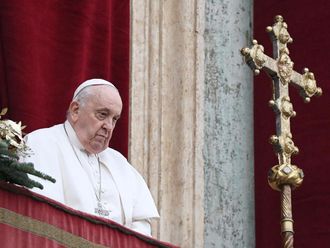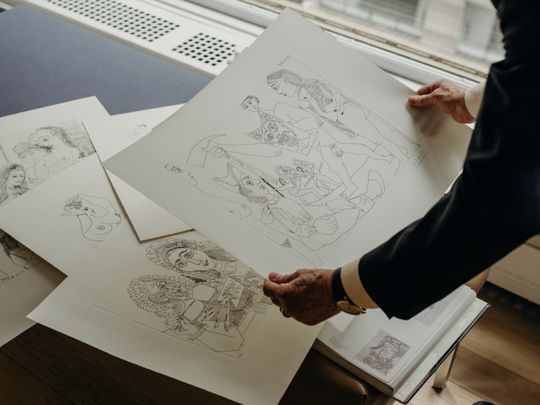
In Basel, Swiss authorities are prosecuting a local art expert who they say sold hundreds of fake prints that he passed off online as the work of Roy Lichtenstein, Andy Warhol, Paul Klee, Pablo Picasso and others over 10 years.
In New York, Adrienne R. Fields now spends much of her workweek scanning the internet for forged prints that pop up at website after website. She is head of the legal department for the Artists Rights Society, which protects the intellectual property rights of artists and their estates.
“It happens every day that Adrienne sends a ‘take down’ notice to a website,” said Ted Feder, president of the society.
The two cities, almost 4,000 miles apart, are both on the front lines of the fight against the sale of fake prints.
Since the dawn of the internet, the problem of phoney art being sold has only grown, experts say, and the primary coin of the forgery realm has long been the fake print, which is relatively easy to create, often difficult to detect and typically priced low enough to attract undiscriminating novice buyers.
But now the problem seems to be escalating, according to law enforcement officials in the United States and Europe.
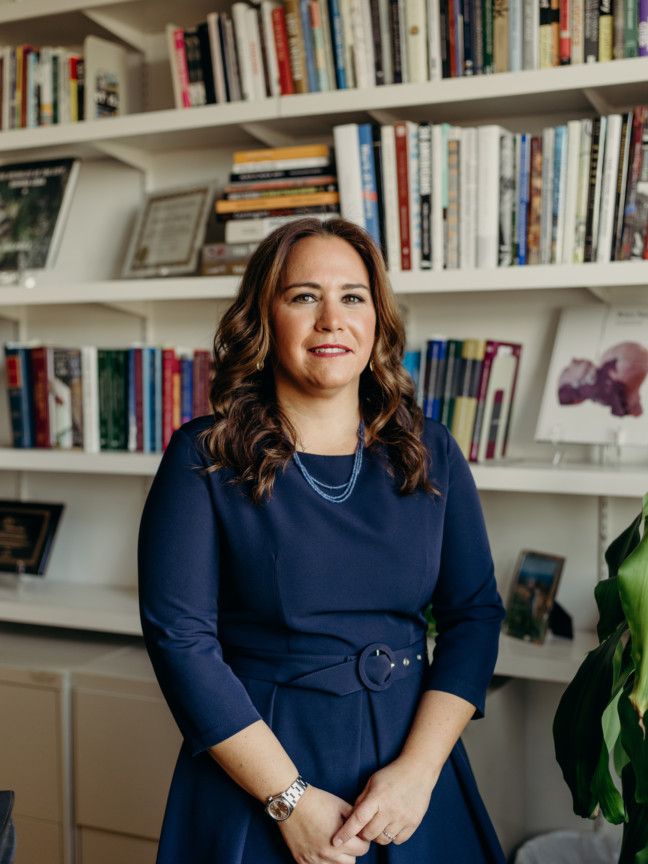
“In the last few years we have confiscated hundreds of fakes that forgers and dealers said were by Lichtenstein, Georg Baselitz, Picasso, and others, that came from Italy, Spain, and Portugal,” said Elena Spahic, an officer with the Bavarian Police in Munich who specialises in art forgery.
Timothy Carpenter, supervisory special agent of the FBI’s art crime team, said that the proliferation of online art sales has deepened the problem. “Before, you had to find a way to get it to the market but e-commerce has changed the game,” he said.
The most prevalent fake prints are those falsely attributed to Lichtenstein and Warhol, experts said. But forgers have also brought to market multitudes of fake Picassos, Klees and Gerhard Richters, as well as phoney works attributed to Marc Chagall, Joan Miro, Salvador Dali and Henri Matisse.
Improvements in photomechanical reproduction techniques have made it easier for forgers to produce deceptive fake prints. “A real good reproduction can fool a lot of experts,” said John Szoke, a Manhattan dealer in Picasso and Edvard Munch prints. Detecting the forgeries is not simple, he said.
“It’s the colour of the paper, the quality of the printing, the condition of the print, all of which you compare with the original,” he said. “And then you need years and years of experience.”
The problem is also not limited to online outlets. Susan Sheehan, a New York dealer in postwar American prints, said that 18 months ago she bought what she thought were two Andy Warhol flower prints for $100,000 at a major German auction house.
“I bought them after seeing high-resolution photographs online,” she said. “The provenance was superb, but when I got the prints I got suspicious. The paper was shiny. The numbers on the prints were too large. The surface of the prints looked too new.”
“I wanted more professional advice,” Sheehan continued, “and took them to two of the major auction houses in New York. They said the prints were fake. I scraped myself off the floor, but I eventually — after six months — got my money back.”
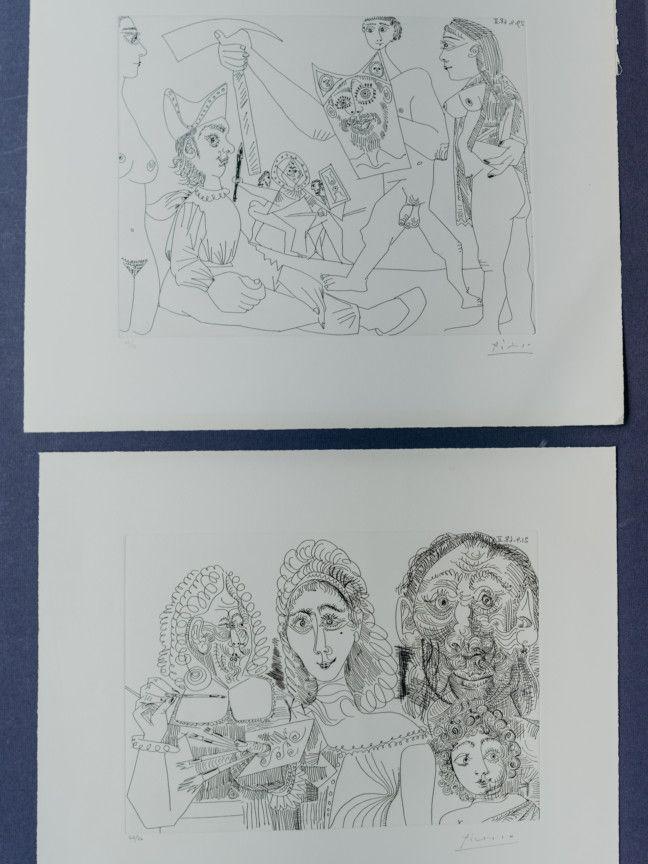
The term “print” is a broad one, traditionally used to describe a number of types of original fine art works such as etchings, lithographs and woodcuts that are produced in limited editions through a range of processes. In each case, the artist creates an image and works with a publisher or printer to produce the set number, often destroying the plate, the stone or other matrix used after printing.
Often the artist will sign and number each print with a marking that says it was, say, 12 of 200 (12/200).
The fakes, on the other hand, are typically photomechanical reproductions of the originals. The forgeries are made by people with no connection to the artist and are sold as his or her work; they will often be accompanied by phoney signatures from the artist or bogus certificates of authenticity.
Sheehan, the dealer, said the most faked Warhol prints are ones that mimic two limited editions he made, one of Marilyn Monroe and the other of flowers. An original Marilyn print can sell for as much as $300,000, she said.
“I’ve been in the business for 30 years and some people say there are more fake Warhols than real ones,” Sheehan said. “He made several hundred prints. When I see a real Warhol, I say, ‘Oh my God, a real Warhol.’ Sometimes the fakes are so good it’s astonishing. Sometimes I have to look at a print three or four days to decide it doesn’t ring right.”
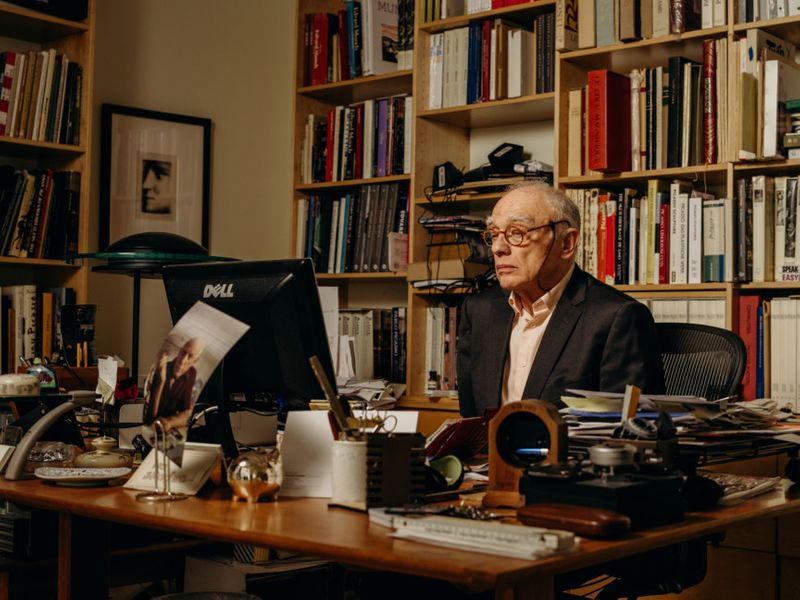
Experts say a major problem with many prints sold as Picassos is that they feature phoney signatures. While Picasso made a lot of prints — about 2,400 — he did not sign a large number of them. Yet it is quite easy to find signed prints in the marketplace. Experts say some of them are fake and some of them are actual Picassos with a phoney signature added.
“There are probably thousands of prints with fake Picasso signatures,” said Szoke, the dealer.
Among the most coveted Picasso prints are many of the 100 etchings from the Vollard Suite, which is named after dealer and publisher Ambroise Vollard. Picasso made them between 1930 and 1937 in response to a request by Vollard, who compensated him by giving him works he owned by Renoir and Cezanne.
Some of the images depict an artist in his studio. Others feature women who resemble Marie-Therese Walter, Picasso’s lover at the time. A complete set of the suite, signed by Picasso, was sold at Christie’s last November for $4,815,000.
“When Picasso was in his 50s, he was not always in the mood to sign a large amount of prints,” said Marc Rosen, a private dealer and former senior vice president of Sotheby’s. “In market terms, the signature is relevant. But what gives value is the quality of the print. Signatures should be secondary. People who buy solely for the signature are idiots.”
Major online selling platforms like Amazon, eBay and Etsy say they have created protocols to weed out fakes and are working toward additional safeguards.
“Etsy is committed to maintaining the integrity of our marketplace,” the company said in a statement. “We already have robust policies, processes, tools and teams in place to identify and remove items that may interfere with intellectual property rights.”
In a statement, eBay said it swiftly reviews and removes items it suspects may be fakes when it receives a complaint. “Counterfeits and unauthorised copies are illegal and not welcome on any of eBay’s sites,” it said.
But Fields of the rights society said a lot of fakes still slip through in various locations online.
“It’s an uphill battle,” she said. “One fake can be shown on many websites, but you don’t know who the provider is. Prices range from $10 to tens of thousands of dollars.”
Huberts Butin, an art historian who is writing a book on art forgery, said the biggest problem with fake prints is that they are “subject to the principle of eternal recurrence.”
“Usually they do not disappear,” he said, “after they are exposed, but somehow find their way back into circulation in the art market. When a faked object is not seized by the police from the forgers, their accomplices, or the dealers and collectors, the owners or their heirs can put it back into circulation at some point.”
Some of the forgers resurface, too, even after multiple arrests. Vincent Lopreto has been imprisoned three times in connection with the sale of fraudulent artwork, often fake Damien Hirst prints. He is now serving a 5 1/2- to 11-year sentence in a New York state prison after a 2017 conviction on charges of grand larceny and scheming to defraud.
When Lopreto was last released from prison, in 2015, he returned to the business of selling phoney art just 15 days later, according to the Manhattan district attorney’s office, which has prosecuted Lopreto twice.




